Home>Interior Design>Organizing A Desk: 10 Ways To Keep Your Office In Order
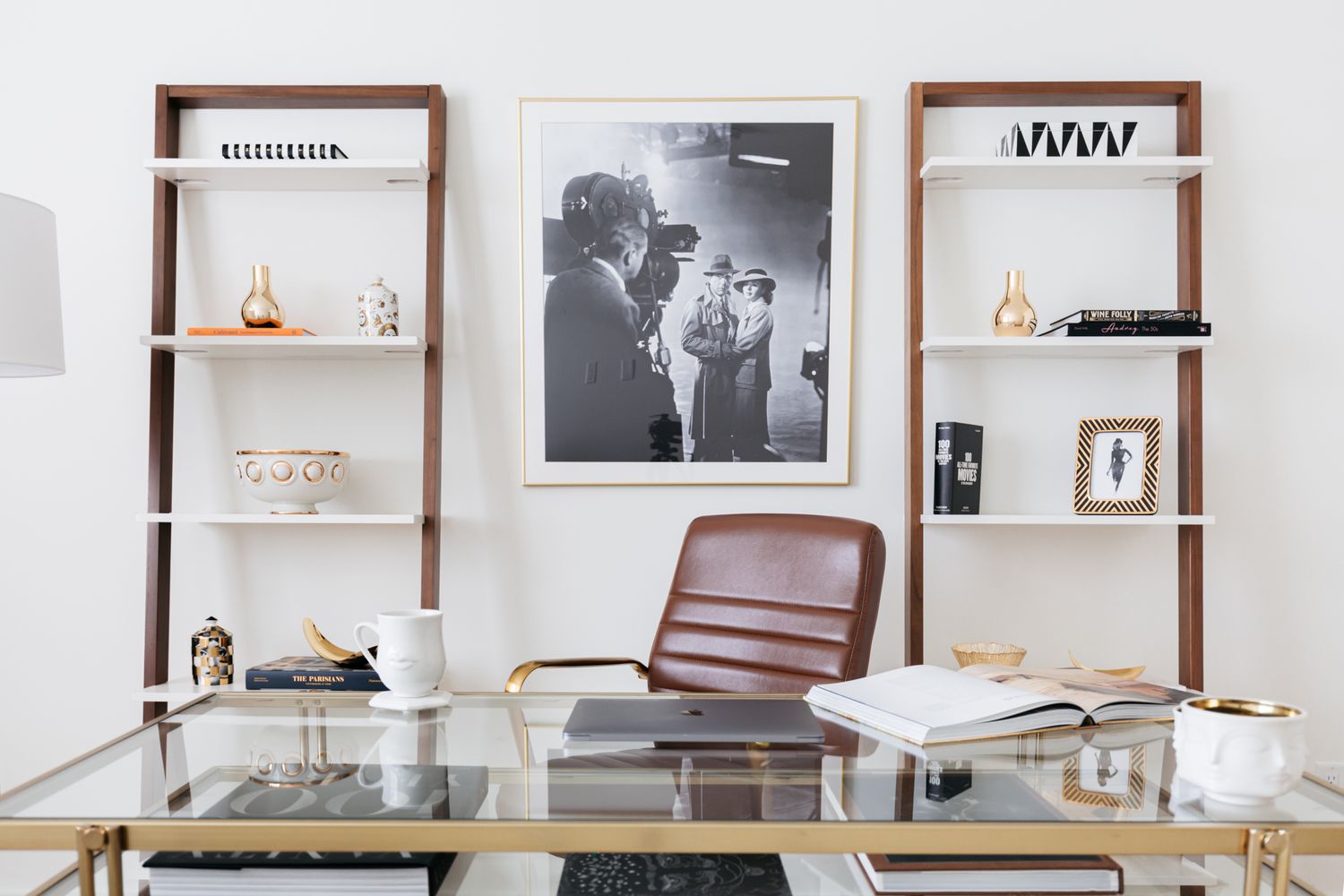

Interior Design
Organizing A Desk: 10 Ways To Keep Your Office In Order
Modified: November 2, 2024
Discover 10 simple yet effective ways to declutter and organize your office space with these interior design tips. Transform your desk into a tidy and efficient workspace!
(Many of the links in this article redirect to a specific reviewed product. Your purchase of these products through affiliate links helps to generate commission for Storables.com, at no extra cost. Learn more)
Introduction
Welcome to the world of interior design, where creativity and functionality come together to transform spaces into beautiful and harmonious environments. When it comes to designing the perfect home or office, one of the essential aspects to consider is organization. A well-organized space not only looks visually appealing but also promotes productivity and a sense of calmness.
In this article, we will explore 10 practical ways to keep your office desk in order. Whether you’re working from home or have a dedicated office space, these organization tips will help you create an environment that is both visually pleasing and conducive to your work.
From clearing out clutter to implementing a daily cleaning routine, there are various strategies you can employ to keep your desk organized. Let’s dive in and discover how you can transform your workspace into a tidy and efficient area that supports your workflow.
Key Takeaways:
- Transform your desk into a clutter-free and efficient workspace by decluttering, establishing a filing system, using desk organizers, and implementing a daily cleaning routine.
- Optimize your workflow by digitizing documents, utilizing cable management solutions, creating task-specific zones, and maintaining an up-to-date organization system for long-term desk organization success.
Clear Out the Clutter
Before you can effectively organize your desk, it’s crucial to start by clearing out the clutter. Take a moment to assess the items on your desk and determine which ones are necessary for your daily work and which ones can be removed or stored elsewhere. Keep in mind that a clutter-free workspace not only improves productivity but also reduces stress levels.
Start by removing any items that are unrelated to work or serve no purpose on your desk. This could include personal belongings, knick-knacks, or old documents that are no longer needed. Find a designated space for these items, such as a drawer or a dedicated storage container.
Next, go through your paperwork and sort it into three categories: keep, file, or discard. Take the time to file away important documents that you need to keep, such as contracts, invoices, or reference materials. Invest in a filing system or use folders to keep these documents organized and easily accessible.
Once you have cleared out unnecessary items and organized your paperwork, you’ll immediately notice a difference in the cleanliness and functionality of your desk. Having a clutter-free workspace will not only enhance your focus but also provide a sense of calmness and efficiency.
In addition to physical clutter, it’s also important to clear out any digital clutter on your computer. Organize your desktop icons, delete unused files, and create folders to keep your digital files neatly organized. A clean digital workspace will make it easier to find files and navigate your computer system.
Remember, clearing out the clutter is the first step towards creating an organized desk. By taking the time to declutter and remove unnecessary items, you’ll set the foundation for a well-organized and productive workspace.
Establish a Filing System
A filing system is essential to keep your desk organized and ensure that important documents are easily accessible. Establishing a practical filing system will not only help you declutter your desk but also save you time when you need to retrieve specific files or paperwork.
Start by investing in a file cabinet or file folders that fit your needs and office space. Consider using color-coded folders or labels to categorize different types of documents. For example, you can assign different colors to financial documents, client files, or project-related paperwork. This will make it easier to locate specific files at a glance.
When establishing your filing system, consider the frequency of access. Items that you frequently refer to, such as ongoing projects or client information, should be placed in easily accessible folders or drawer compartments. On the other hand, less frequently accessed documents can be stored in a separate section or labeled as archived files.
It’s important to regularly go through your files and purge any outdated or irrelevant documents. This will prevent your filing system from becoming cluttered with unnecessary paperwork. Set aside dedicated time intervals, such as once a month or every quarter, to review and remove outdated files from your system.
Additionally, consider digitizing certain documents to reduce the need for physical storage space. Scanning important papers and saving them as digital files will not only save space but also make it easier to search for and access information when needed. Make sure to back up your digital files regularly to prevent loss of important information.
Remember to label your folders and create an index or checklist to keep track of the files you have stored. This will help you easily identify the contents of each folder and locate specific documents quickly. Consistently maintaining your filing system will ensure that your desk remains organized and that you can easily find what you need, when you need it.
Use Desk Organizers
Desk organizers are a simple yet effective solution for keeping your desk tidy and all your essentials within reach. They come in various shapes, sizes, and materials, allowing you to customize your organization based on your specific needs and preferences.
Start by assessing the items you frequently use on your desk. This could include pens, pencils, paper clips, sticky notes, and other office supplies. Use desk organizers such as pen holders, trays, and small compartments to neatly store these items. This not only keeps them easily accessible but also prevents them from cluttering your desk space.
Consider using stackable trays or drawers to categorize and separate different types of documents or paperwork. For example, you can have one tray for incoming mail, one for ongoing projects, and another for invoices and receipts. This enables you to keep track of important papers and prevents them from getting misplaced or mixed up.
Desk organizers can also be used to store electronic devices such as USB drives, chargers, and headphones. Use cable management solutions such as cable clips or cable boxes to keep your cords and wires organized and prevent them from tangling or creating a mess on your desk.
In addition to physical desk organizers, consider using digital tools to keep your information and tasks organized. Utilize productivity apps or software to manage your to-do lists, track deadlines, and schedule appointments. This can help reduce the amount of physical clutter on your desk and keep your digital workspace organized.
Remember to regularly clean out and declutter your desk organizers. As you accumulate more items or receive new supplies, reassess your organization system and make adjustments as needed. Keeping your desk organizers updated and decluttered will ensure that your desk remains tidy and functional.
Using desk organizers not only saves time by keeping your essentials conveniently accessible but also enhances the overall aesthetics of your workspace. By incorporating these organizational tools, you can transform your desk into a clutter-free and visually appealing area that promotes productivity and efficiency.
Label Everything
Labeling is an essential step in maintaining an organized desk. By clearly labeling items and storage spaces, you not only create a visually appealing workspace but also ensure that everything has its designated place.
Start by labeling your files and folders. Use a label maker or printable labels to clearly mark the contents of each folder or file. This makes it easier to locate specific documents when needed and prevents the hassle of sifting through multiple folders to find the right one. Consider using a consistent labeling system, such as alphabetical order or numerical categories, to make your filing system more efficient.
In addition to files, label other storage containers and compartments on your desk. This includes pen holders, trays, and drawers. Labeling these spaces will ensure that you know where to find and return items, preventing unnecessary clutter and confusion.
Labeling can also be used to identify cables and cords. Use color-coded labels or cable ties to distinguish between different devices and chargers. This will not only prevent cord mix-ups but also make it easier to identify and unplug specific devices.
For an added touch of organization, consider labeling different zones or areas on your desk based on their purpose. This could include a designated area for writing, a space for your computer or laptop, and a separate section for administrative tasks. Labeling these zones will help you mentally associate different areas of your desk with specific tasks, improving your workflow and efficiency.
Remember to use clear and legible labels that are easy to read. Avoid overcrowding labels with excessive information and keep them concise and to-the-point. Clear labels not only make it easier for you to navigate your desk but also enhance the overall visual clarity and organization of your workspace.
Regularly review your labels and update them as needed. As your workflow or organizational needs evolve, you may need to make adjustments to your labeling system. By consistently updating and maintaining your labels, you’ll ensure that your desk remains well-organized and functional.
Labeling is a simple yet powerful organizational tool that can greatly improve the efficiency and productivity of your workspace. By implementing a clear and consistent labeling system, you’ll be able to easily locate items, maintain order, and optimize your workflow.
Implement a Daily Cleaning Routine
A clean and organized desk not only looks visually appealing but also promotes a productive and focused mindset. To maintain this level of cleanliness and organization, it’s important to implement a daily cleaning routine as part of your regular work habits.
Start by setting aside a few minutes at the end of each workday to tidy up your desk. Clear away any items that are no longer needed, such as empty coffee cups or snack wrappers. Return any office supplies to their designated storage spaces, like pen holders or trays.
Wipe down your desk surface with a damp cloth or disinfectant wipes to remove any dust or germs. Pay special attention to areas that are frequently touched, such as your keyboard, mouse, and phone. This not only keeps your workspace clean but also helps maintain a healthy and hygienic working environment.
Take the time to organize any paperwork that has accumulated throughout the day. File away important documents in their respective folders or trays, and discard or recycle any unnecessary papers. This will prevent your desk from becoming cluttered and ensure that you can easily find what you need the next day.
As part of your daily cleaning routine, also take a moment to organize your computer desktop. Delete any unnecessary files or shortcuts and ensure that important files are stored in appropriate folders. A clean digital workspace will complement your clean physical workspace and contribute to a more productive workflow.
In addition to daily cleaning, consider engaging in deeper cleaning tasks on a weekly or monthly basis. This could include dusting your desk and office equipment, cleaning your computer screen and keyboard, and decluttering any drawers or storage compartments.
By incorporating a daily cleaning routine into your work habits, you’ll maintain a tidy and inviting workspace. Not only will this contribute to your overall productivity, but it will also create a positive working environment that you’ll enjoy spending time in.
Remember, consistency is key. Make it a habit to clean and organize your desk on a daily basis, and you’ll reap the rewards of a clutter-free and functional workspace.
Use drawer organizers to keep small items like pens, paper clips, and sticky notes in place. This will help reduce clutter on your desk and make it easier to find what you need.
Digitize Documents and Paperwork
In today’s digital age, it’s becoming increasingly important to reduce reliance on physical paperwork and embrace the benefits of digitization. By converting your documents and paperwork into digital files, you can minimize clutter and easily access information whenever and wherever you need it.
Start by investing in a reliable scanner or multifunction printer that has scanning capabilities. This will allow you to convert physical documents into digital files with ease. Use document management software or cloud storage services to store and organize your digital files securely.
When scanning documents, make sure to name and categorize them appropriately for easy retrieval. Create folders or directories within your digital storage system to mimic your physical filing structure. This will help you maintain an organized digital filing system that mirrors the organization of your physical files.
Digitizing documents not only saves physical space but also provides various advantages. You can easily search for keywords within digital files, making it faster to locate specific information. Additionally, digital records are less likely to get misplaced or damaged compared to physical paperwork.
Consider implementing backup measures to prevent data loss. Regularly back up your digital files to external hard drives or utilize cloud-based backup services. This ensures that your important documents are safely stored and can be recovered in case of data loss or hardware failure.
Alongside digitizing new documents, consider scanning and digitizing your existing physical files. Start with the most important documents and work your way through your filing system gradually. This process may take some time, but it will greatly streamline your document management in the long run.
Remember to dispose of physical documents responsibly once they have been successfully digitized. Shred or securely dispose of any confidential or sensitive information to protect your privacy and prevent identity theft.
Digitizing your documents and paperwork not only saves physical space but also enhances accessibility, searchability, and data security. By embracing the benefits of digitization, you’ll experience a more streamlined and organized approach to managing your information and paperwork.
Utilize Cable Management Solutions
One of the common challenges when it comes to desk organization is dealing with the mess of cables and wires. Tangled cords not only create visual clutter but can also make it difficult to identify and manage specific devices. By utilizing cable management solutions, you can keep your desk tidy and prevent the frustration of dealing with a tangled mess.
Start by identifying the cables you regularly use on your desk, such as those for your computer, monitor, keyboard, mouse, and chargers. Untangle and separate these cables to begin organizing them.
Use cable clips or cable sleeves to secure and group cables together. This will prevent them from tangling and create a cleaner and more organized appearance. Additionally, consider using color-coded cable ties or labels to further differentiate the cables, making it easier to identify them.
Route your cables along the edges or underside of your desk. Use adhesive cable clips or cable channels to hold the cables in place and prevent them from dangling or getting in your way. This not only improves the aesthetics of your workspace but also makes it easier to locate and access specific cables when needed.
For power cords and adapters, consider using a surge protector or power strip with built-in cable management features. These devices allow you to neatly plug in and manage multiple devices while keeping the cords organized and out of sight.
If you have excess cable length, consider using cable sleeves or cable management boxes to hide and store the extra length. This will prevent cables from becoming a visual distraction and tripping hazard, while also making it easier to keep your desk surface clutter-free.
Regularly check and adjust your cable management system as needed. As you add or remove devices or cables from your desk, make sure to keep your cable organization up to date. This will prevent new cables from creating a mess and ensure that your desk remains organized and visually appealing.
By effectively managing your cables, you’ll not only improve the organization and aesthetics of your desk but also simplify the process of unplugging and reconnecting devices. Gone are the days of untangling cords and searching for the right cable amidst a sea of tangled wires.
Create a “To-Do” List System
A “to-do” list is an essential tool for keeping track of tasks and priorities. By creating a structured and organized system for managing your to-do list, you can improve your productivity, reduce stress, and ensure that important tasks are not forgotten.
Start by choosing a method that works best for you. Whether it’s a digital task management app, a dedicated notebook, or a simple whiteboard, find a system that aligns with your preferences and workflow.
Begin each day by identifying your top priorities. Write down the tasks that need to be completed, ensuring that they are realistic and attainable within the given time frame. Consider categorizing your tasks by urgency, importance, or due dates to prioritize your workload effectively.
Break down larger tasks into smaller, more manageable subtasks. This will not only make them less overwhelming but also provide a clear roadmap for completion. Set deadlines for each subtask to stay on track and ensure progress.
As you complete tasks, cross them off your list. This visual cue is not only satisfying but also provides a sense of accomplishment and motivation. Alternatively, if you’re using a digital task management app, mark tasks as complete or move them to a designated “completed” section.
Regularly review and reassess your to-do list throughout the day. As new tasks or priorities arise, add them to your list and adjust your schedule or priorities accordingly. This flexibility allows you to adapt to changes and stay organized despite unexpected circumstances.
Consider using additional tools such as reminders or notifications to keep you on track and ensure that tasks are not overlooked. Set reminders for important deadlines or meetings, and utilize alarms or alerts to prompt you to start or complete certain tasks.
At the end of the day, reflect on your progress and make note of any unfinished tasks. Carry over the unfinished tasks to the next day’s list, and reassess their priority and importance. Clearing your list and setting realistic expectations for the following day contributes to a sense of closure and helps you mentally prepare for the next day’s work.
By implementing a structured and organized “to-do” list system, you can stay focused, prioritize effectively, and ensure that important tasks receive the attention they deserve. Whether it’s a paper-based system or a digital app, find a method that works for you and make it an integral part of your daily routine.
Set Up Zones for Different Tasks
Creating dedicated zones for different tasks is a practical way to maximize efficiency and productivity in your workspace. By assigning specific areas or sections of your desk for different types of work, you can streamline your workflow and keep everything organized.
Start by identifying the different types of tasks you typically engage in throughout your workday. This could include activities such as writing, computer work, reading, brainstorming, or administrative tasks.
Divide your desk into distinct zones that correspond to these different types of tasks. For example, have a designated area for your computer or laptop, with ample space for your keyboard, mouse, and monitor. This zone should be free from distractions and clutter, allowing you to focus on digital work.
Create a separate zone for writing or creative tasks, equipped with essential tools like pens, notebooks, and any necessary reference materials. Keep this area well-stocked and organized to facilitate smooth and uninterrupted writing or drawing sessions.
Incorporate a zone for reading or research, with a comfortable chair, good lighting, and any required reading materials. This area should be designed to promote concentration and facilitate deep dives into literature or research.
Allocate a space specifically for administrative tasks, such as paying bills, organizing receipts, or handling paperwork. Utilize a filing system or tray on your desk to keep these items organized and easily accessible.
Consider creating a zone for brainstorming or ideation. This can be a small whiteboard or a corkboard where you can jot down ideas, pin inspiration, or map out projects. Having a dedicated space for creative thinking allows you to explore ideas without cluttering your main work area.
By setting up dedicated zones, you’ll not only create a visually organized workspace but also improve your focus and productivity. Each zone will have the essential tools and materials readily available, allowing you to seamlessly transition between different types of tasks.
Remember to declutter and maintain each zone regularly. Return items to their designated areas and remove any unnecessary materials or distractions. This will help you stay focused and make the most of each task-specific zone.
Designing your desk around task-specific zones promotes a sense of purpose and intentionality as you move through your workday. By strategically setting up your workspace, you’ll enhance both your efficiency and the overall functionality of your desk.
Regularly Maintain and Update Your Organization System
Maintaining and updating your organization system is crucial to keep your desk organized and functional over time. As your work evolves, priorities change, and new items or tasks are introduced, it’s important to consistently review and adjust your organization system to meet your current needs.
Set aside regular intervals to declutter and reorganize your desk. This could be a weekly or monthly task, depending on your workflow and the pace at which your desk accumulates clutter. Take the time to assess each item on your desk and evaluate its necessity. Remove any unnecessary items and find designated spaces for the ones you want to keep.
As you review your organizational system, consider its effectiveness. Are there any areas that are consistently disorganized or causing frustration? Identify the pain points and brainstorm solutions to address them. This could involve investing in additional storage solutions or rearranging the layout of your desk.
Stay adaptable to change. Embrace new tools, technologies, or techniques that can enhance your organization system. Keep up with the latest trends and innovations in desk organization to discover new solutions or methods that could improve your workflow and overall productivity.
Regularly assess the effectiveness of your filing system. Are documents easy to find and access? Are folders and labels still relevant and accurate? Make adjustments as needed, whether it’s adding new categories, consolidating folders, or updating labels to reflect your changing priorities.
Keep track of your digital organization as well. Regularly clean up and declutter your computer files and folders. Delete or archive any outdated or unnecessary digital documents. Review and update your digital backup systems to ensure your important files are protected and easily retrievable.
Don’t be afraid to experiment and try new organizational tools or techniques. Attend workshops or read books and articles on organization to gather inspiration and ideas. Adapt what works for you and discard what doesn’t, to create a personalized and efficient organization system.
Remember, maintaining an organized desk is an ongoing process. It requires consistent effort and a willingness to adapt to changing circumstances. Regularly assess, update, and refine your organization system to ensure that it continues to support your productivity and create a clutter-free workspace.
By regularly maintaining and updating your organization system, you’ll be able to optimize your workflow and create a space that promotes efficiency, focus, and overall well-being.
Conclusion
Organizing your desk is an essential step towards creating a productive and efficient workspace. By implementing the ten tips outlined in this article, you can transform your desk into a clutter-free and well-organized area that supports your workflow.
From clearing out the clutter to establishing a filing system, using desk organizers, and labeling everything, each step plays a crucial role in maintaining a tidy and functional workspace. Implementing a daily cleaning routine and digitizing documents and paperwork help further streamline your desk organization efforts.
Utilizing cable management solutions and creating task-specific zones help optimize your workflow and minimize distractions, while maintaining an up-to-date and effective to-do list system ensures that you stay on top of your priorities.
Finally, regularly maintaining and updating your organization system allows you to adapt to changes in your work and keep your desk organized in the long run. By consistently applying these tips, you’ll create a workspace that promotes productivity, efficiency, and peace of mind.
Remember, organization is a continuous process. Stay committed to keeping your desk organized and make it a part of your daily routine. As you develop positive habits and maintain a clutter-free workspace, you’ll find yourself working more efficiently and enjoying a sense of calmness and focus in your work environment.
So, roll up your sleeves, implement these tips, and embark on the journey of transforming your desk into a well-organized and highly functional space. Your productivity and peace of mind will thank you.
Frequently Asked Questions about Organizing A Desk: 10 Ways To Keep Your Office In Order
Was this page helpful?
At Storables.com, we guarantee accurate and reliable information. Our content, validated by Expert Board Contributors, is crafted following stringent Editorial Policies. We're committed to providing you with well-researched, expert-backed insights for all your informational needs.
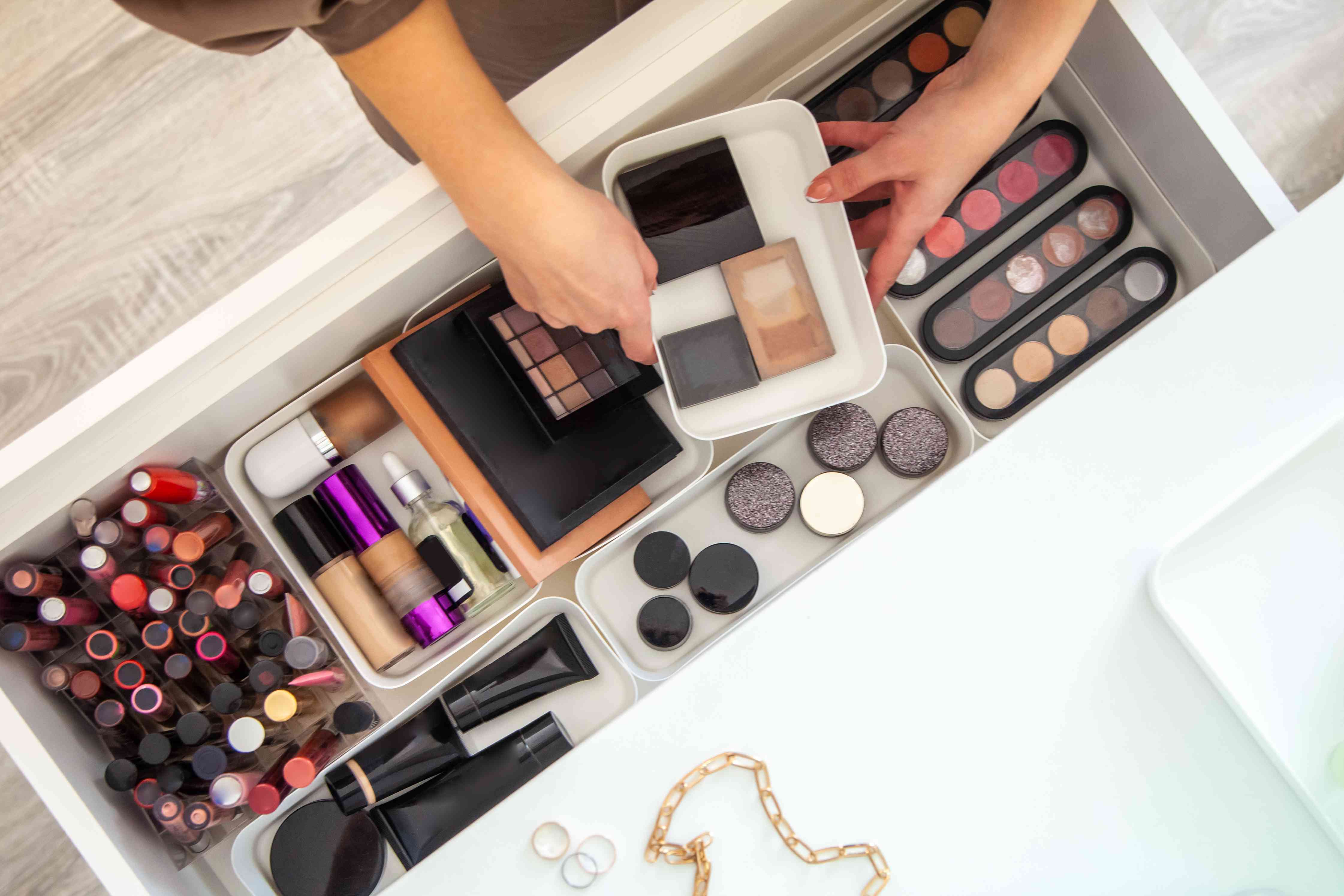
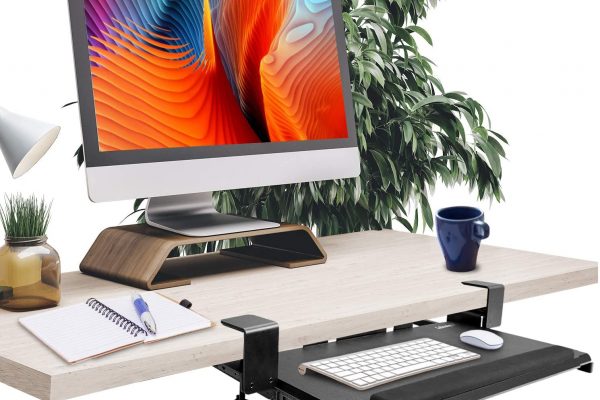
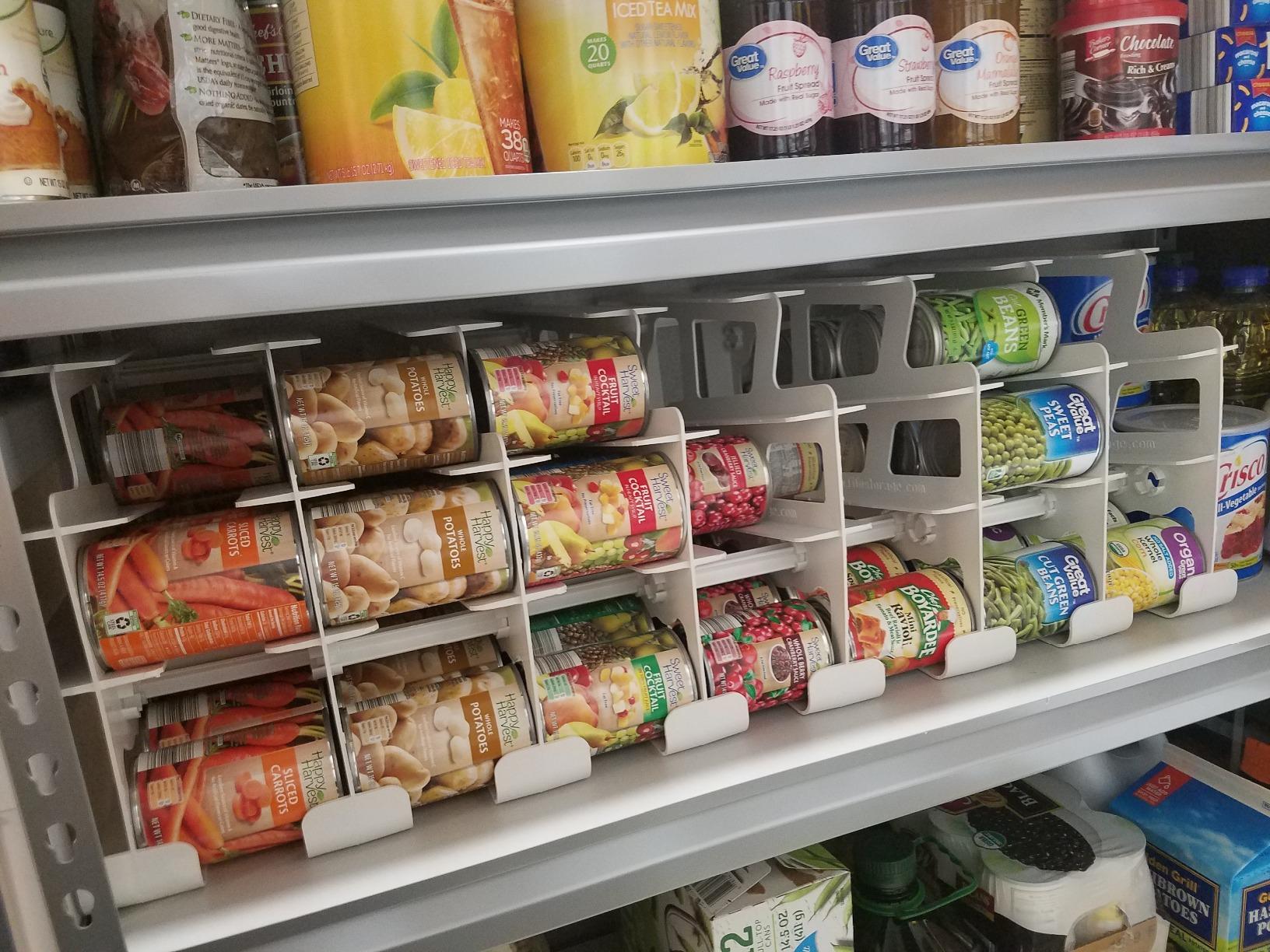
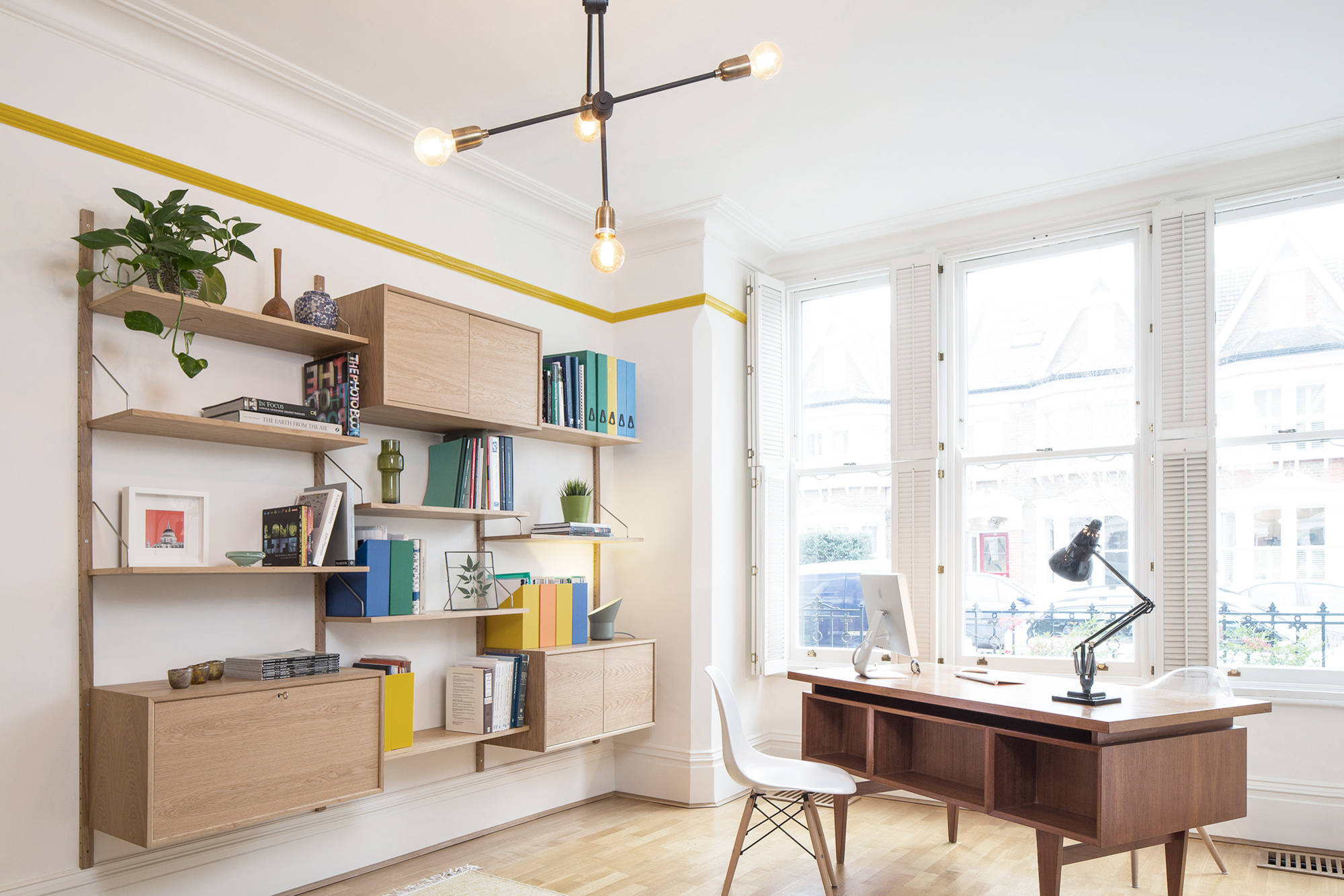
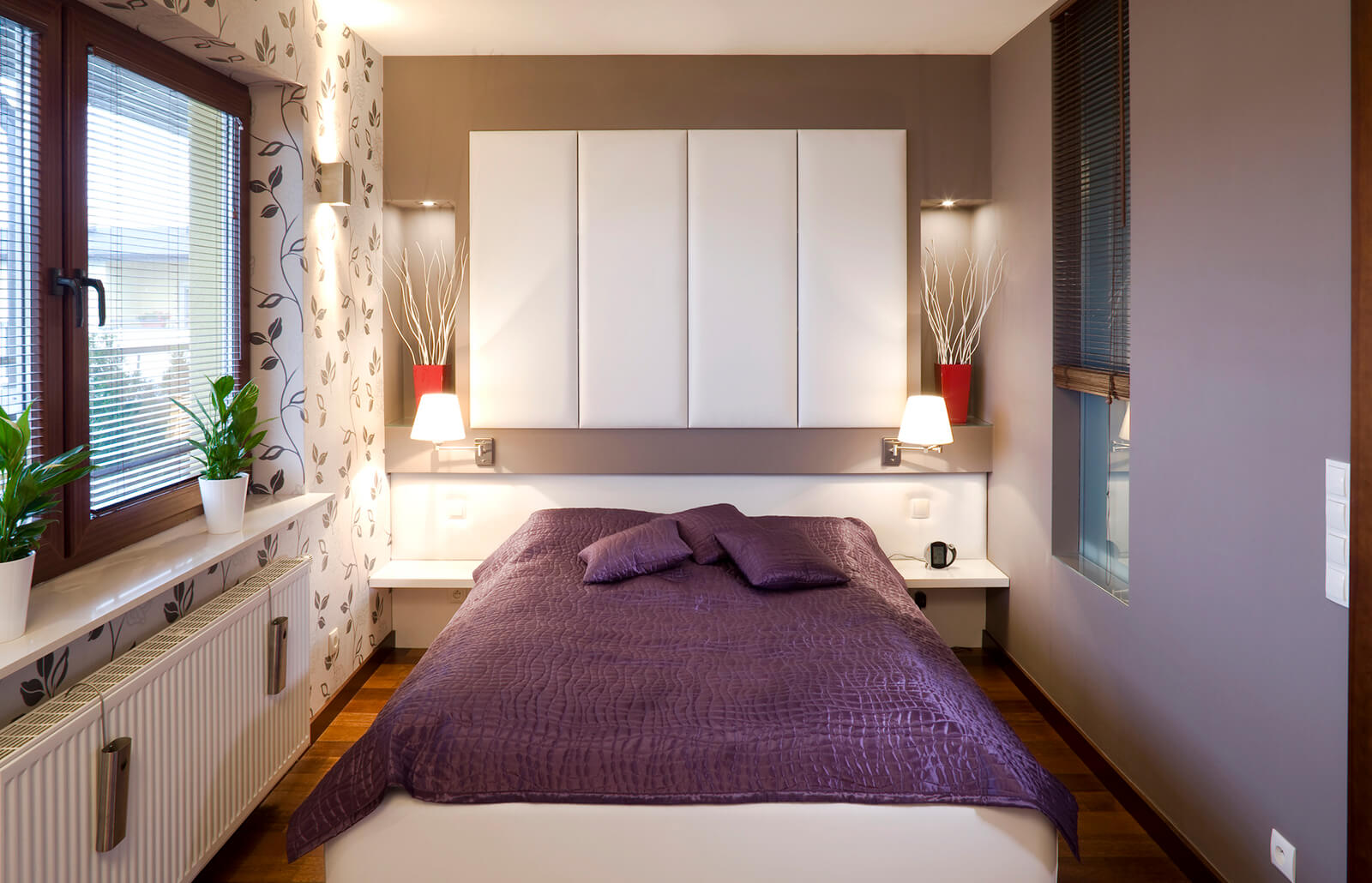

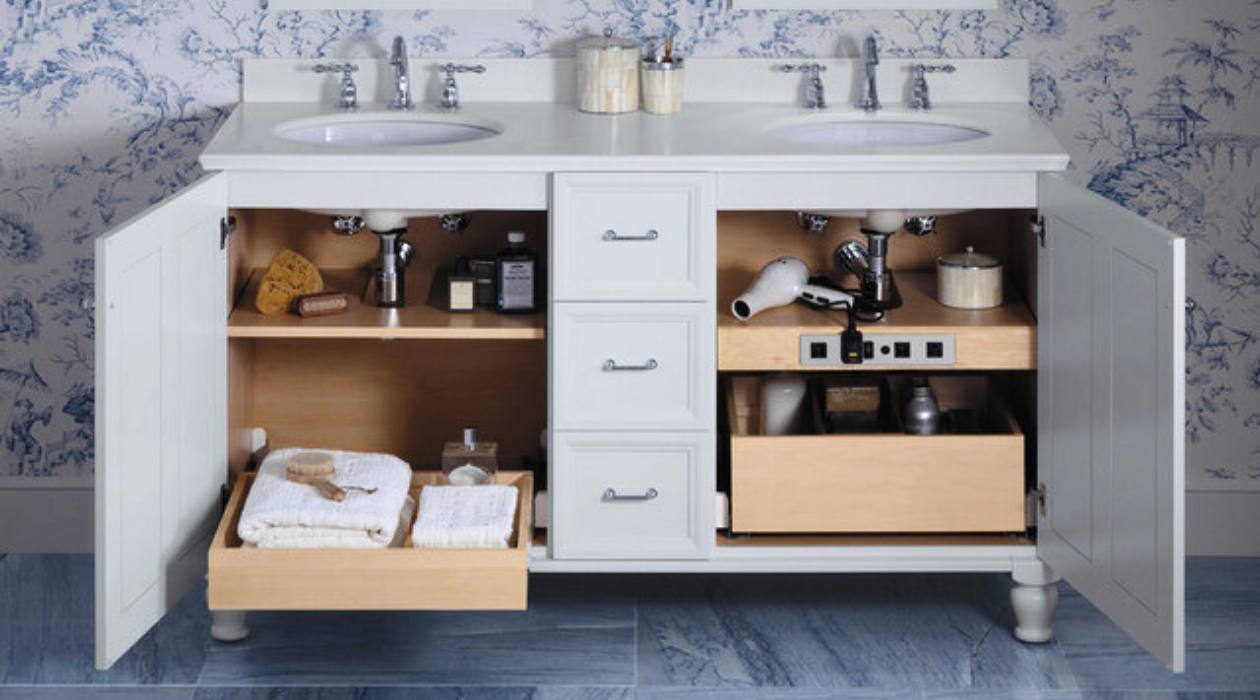
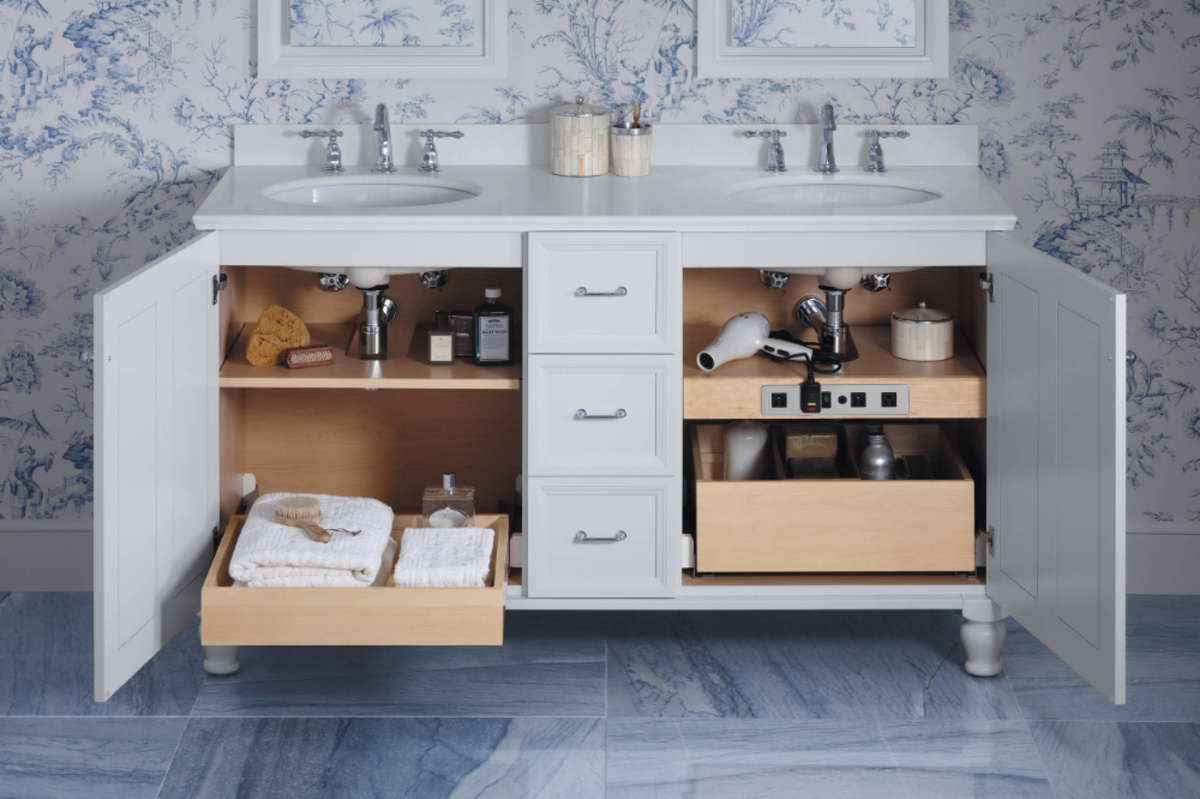
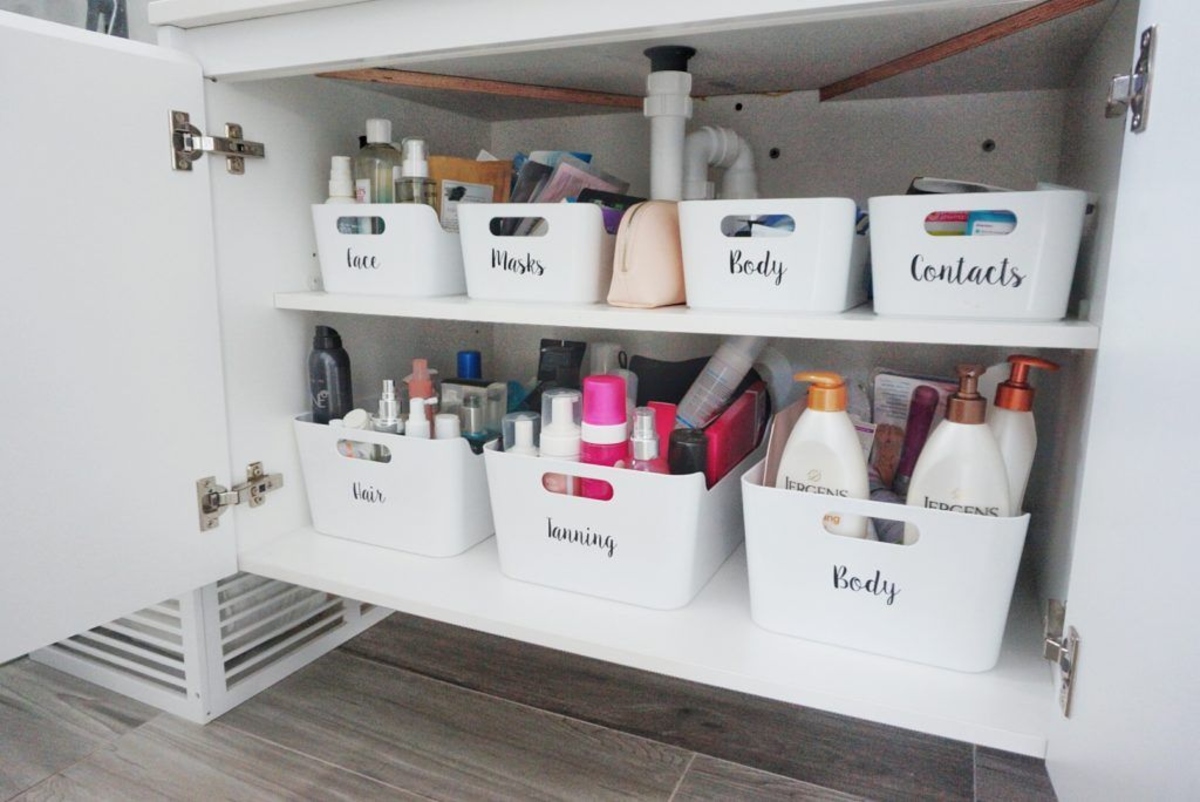
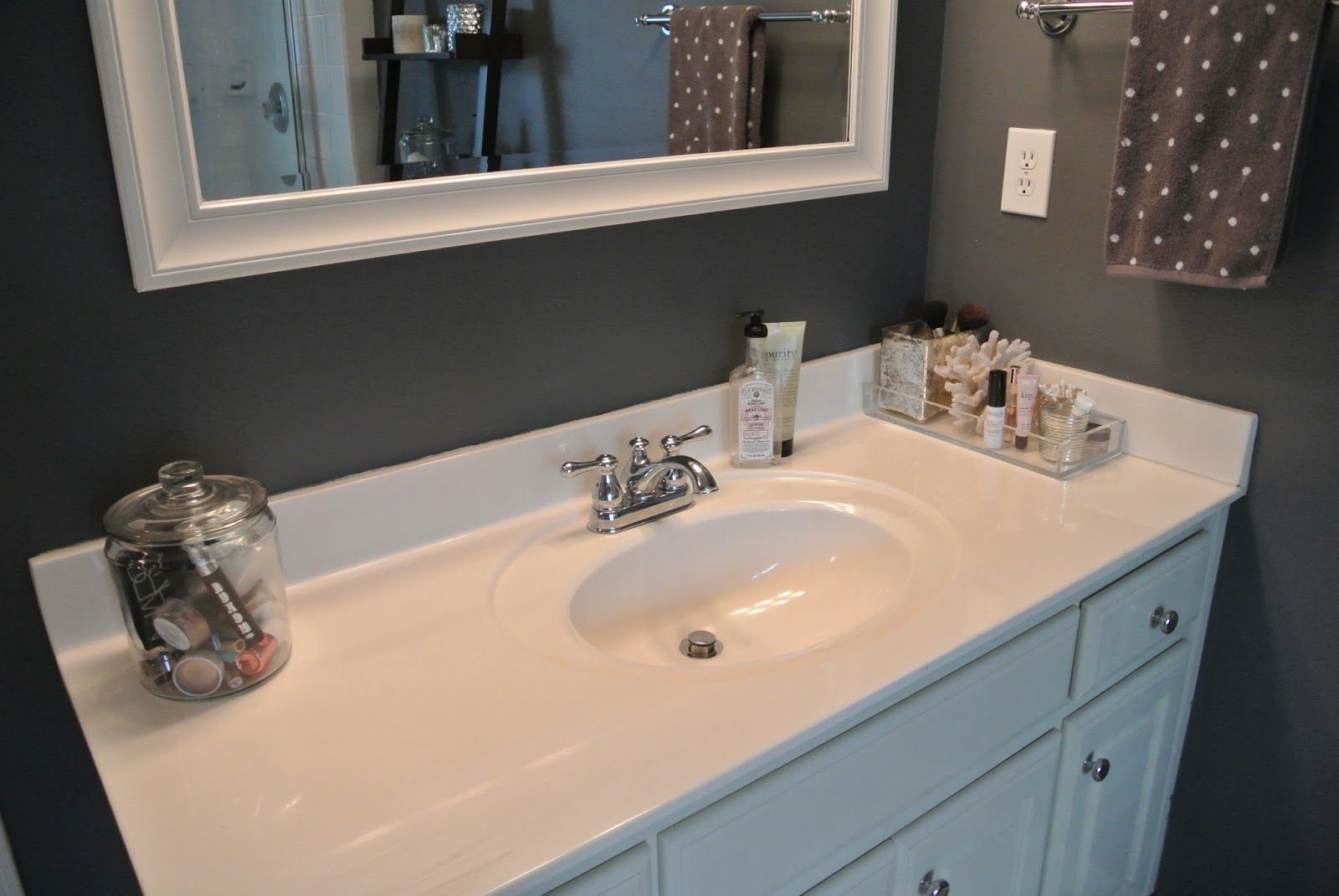

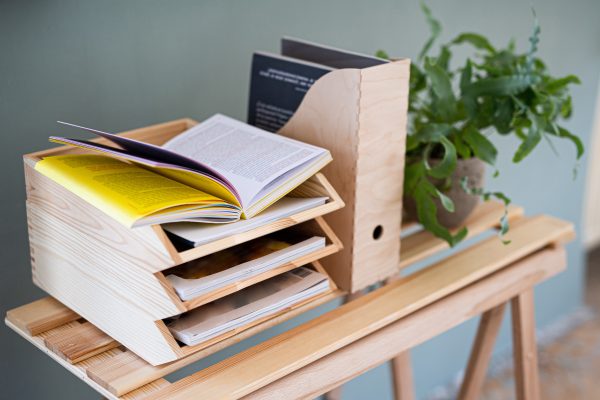


0 thoughts on “Organizing A Desk: 10 Ways To Keep Your Office In Order”